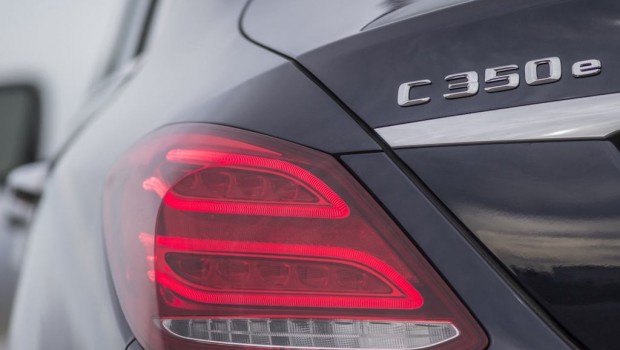Mercedes C350 Plug-In Hybrid (PHEV) Explained
This is the second Hybrid model in the new C-Class and the second Mercedes-Benz model to feature Plug-In Hybrid technology. When Mercedes-Benz Malaysia launched the C350 e in early 2016 October, it has runaway success due to its pricing which started at RM289,888 for the Avantgarde, RM294,888 for the Avantgarde with the AMG Line cabin and just RM299,888 for the AMG Line spec car.
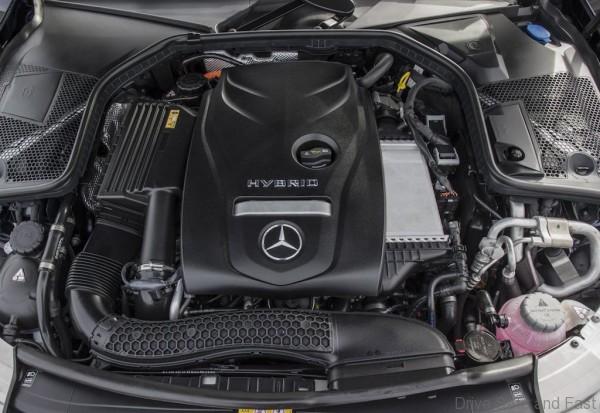
It delivered an acceleration time of 5.9 seconds while sipping as little as 2.1-liters per 100km driven (best case). It also had an all electric drive range of 31km when fully charged.
At the time, buyers were given a detailed explanation of their C350 e, but most just wanted to drive home a high specification PHEV and did not take heed of the details of this high technology machine.
A perfect combination for its price
Thanks to the combination of combustion engine and electric drive, Hybrid drive systems deliver impressively low consumption, but with high performance. The electric motor is able to replace or support the combustion engine in situations where the combustion engine does not perform quite so well, and makes practical use of energy generated while braking by converting it into electric energy and storing it.
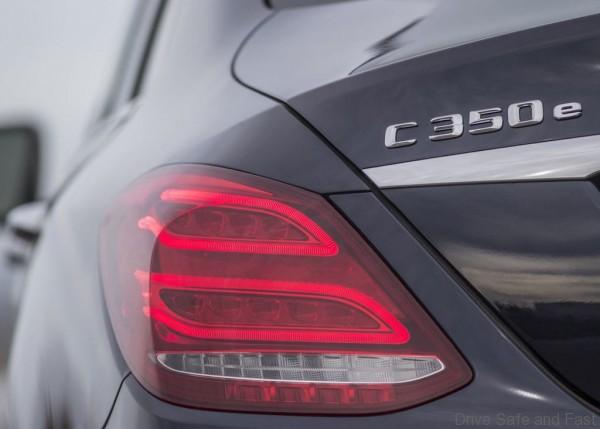
The C350 Plug-In Hybrid uses the currently most advanced form of Hybrid technology. Its electrical energy storage unit is a high-voltage lithium-ion battery with a total capacity of 6.2 kWh, which can be charged from an external power source and so makes an effective contribution to the low consumption and emission figures. The battery is water-cooled, weighs around 100 kilograms and is mounted in a sheet steel housing underneath the rear axle in order to maximise crash safety, driving dynamics and boot space.
Thanks to an intelligent on-board charging system, the battery can be recharged in around 1 hour 45 minutes at a wallbox or at one of the growing number of public charging points which in some cases offer privileged parking. Alternatively, charging via a standard domestic socket is of course also possible. Depending on the connection, a charge time of around two hours is achievable.
Despite the space taken up by the battery, the C350 Plug-In Hybrid still has a boot capacity of 335 litres.
Plug-In Hybrid
In the new Mercedes-Benz C350 Plug-In Hybrid, this Hybrid drive concept is combined for the first time with an efficient 4-cylinder petrol engine. From a displacement of just under two litres, it produces 211hp and maximum torque of 350 newton metres. Its direct injection system with spray-guided combustion uses electronically precise controlled multiple injection and fast multi-spark ignition to deliver outstanding performance coupled with high efficiency and exemplary emissions.
The electric motor of the C350 Plug-In Hybrid has an output of up to 60 kW and delivers torque of 340 newton metres. A total system output of 279hp, as well as torque of 600Nm is available to be called upon.
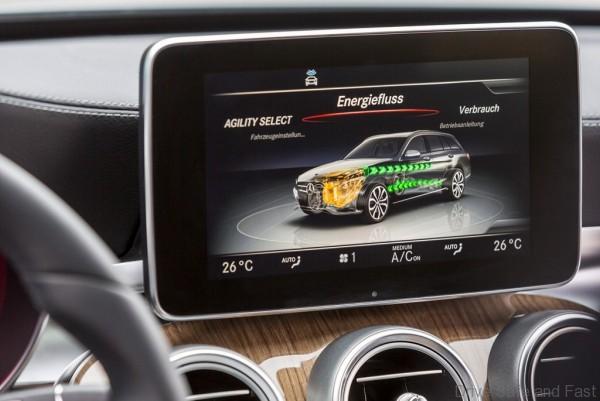
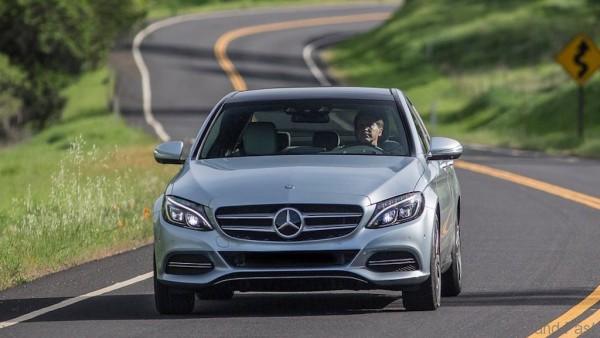
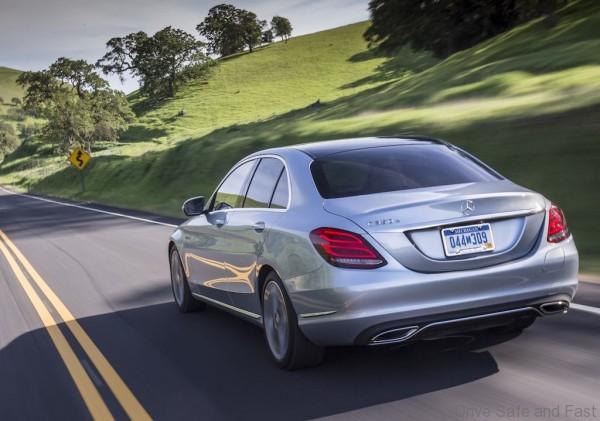
Efficient, dynamic and completely straightforward to drive
Driving with the new C350 Plug-In Hybrid is just as easy as with any other automatic vehicle from Mercedes-Benz: simply climb in, start the engine and off you go. As you do so, enjoy its exemplary efficiency and, if you so wish, kick down to experience the superb acceleration of the electric motor.
The C350 Plug-In Hybrid offers all the characteristics of a state-of-the-art Hybrid vehicle.
These include first and foremost:
- Silent start: the vehicle starts virtually silently and runs in electric mode. At this point the combustion engine is generally held inactive. Electric output of up to 60 kW is available for driving in all-electric mode.
- Boost: the electric motor kicks in to boost the output of the combustion engine by a further 60 kW – for example for rapid acceleration.
- Energy recuperation: during braking and coasting, energy is recovered and stored in the battery. This energy can then be used at a later stage for electric driving or the boost function.
Braking for energy
The greatest potential for lowering the energy consumption of Hybrid drive systems lies in maximising energy recovery during coasting and braking. When the brake pedal is depressed, the electric motor therefore initially takes on the task of decelerating, acting here as an alternator. If firmer braking is required, the disk brakes will then intervene mechanically to provide additional grip. This overlap between conventional mechanical braking and the electric braking performance of the electric motor in alternator mode increases effectiveness but remains imperceptible.
Furthermore, the intelligent engine management system of the C350 Plug-In Hybrid works in the background to select the ideal combination between combustion engine and electric motor.
Changing driver behaviour
One new feature of the C350 Plug-In Hybrid is the so-called haptic accelerator pedal, which helps to reduce fuel consumption and thus also exhaust emissions. It provides two types of information:
+ If, when driving in electric mode, the driver’s foot meets a point of resistance on the accelerator pedal, this is an indication that maximum electric performance is being delivered. If the driver continues to depress the accelerator beyond this resistance point, the combustion engine will kick in.

+ A double impulse from the ECO Assist function signals that the driver should remove their foot from the accelerator pedal in order to switch off the combustion engine and decouple it from the drive train. Assuming that the driver does what the double impulse suggests, the intelligent engine management system of the C350 Plug-In Hybrid will vary the deceleration mode between unpowered (sailing) and recuperation, using data from the car’s radar systems as its basis.
Sadly, this car is no longer on sale in Malaysia until further notice.


